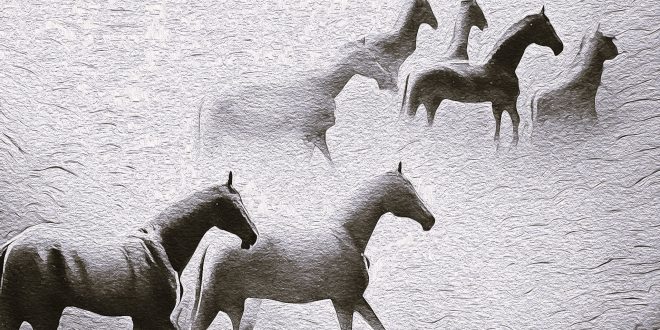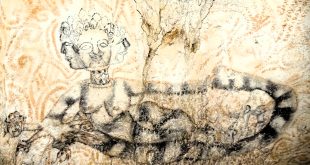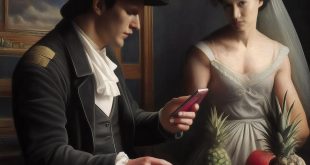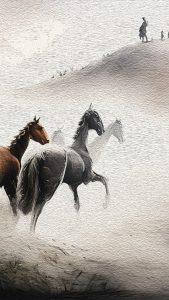
Zoran Music’s art, his poetic vision and distinctive use of color
Meeting Benches is a virtual meeting and inspiration place dedicated to travelers and artists, thinkers and dreamers from all over the world. Here, virtual benches serve as a point of connection, allowing people to share art, travel stories and thoughts. If you are an art enthusiast or simply curious to explore a world of inspiration and beauty, Meeting Benches is a digital destination not to be missed. This place offers you a variety of creative narratives aimed at stimulating your imagination. It is an invitation to encounter art, creativity and humanity without any distinction. Revisited through the eyes of a digital artist, Dastilige Nevante, this thematic bench offers you the creative evolution of Zoran Music. Type author’s travels above, if you want to know more.
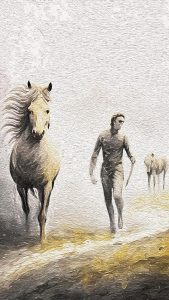
His grandparents were winemakers and his parents were educators. Zoran Music, born on 12 February 1909 in Gorizia, near the current Italian-Slovenian border, characterized his pictorial style with the sober and almost poetic use of color. During the First World War, the family took refuge in a small village in Styria. After studying at the Academy of Fine Arts in Zagreb, this sensitive and creative man traveled to Spain, where he was deeply influenced by the works of Goya and El Greco. Subsequently he returned to Dalmatia, because the landscape there reminded him of his homeland. His art often depicted the arid and dusty landscapes of the Dalmatian coast. Involved in the anti-Nazi resistance movement, he was interned in Dachau. After the war he lived in Paris, with frequent visits to Venice. His Dalmatian landscapes continued to influence Music’s palette throughout his career. Because of his recurring subjects, his works have made him famous as the “painter of colts“.
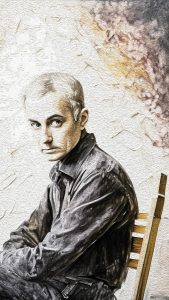
The famous European painter and printmaker Zoran Music, was known for his predilection for horses as a subject in his works has deep roots. After the Spanish Civil War, he traveled to Dalmatia, a karst region whose landscape would play a special role in his painting. He himself stated that those rocky lands were the matrix of his painting. During his period of internment in Dachau he understood the meaning that was hidden in the eyes of the dying, and it was also the development of those harrowing experiences that profoundly affected him. After the liberation from the concentration camps, he settled in Venice, where he painted his first self-portraits and horses, often present in his works, which for him represented strength, freedom and a connection with nature.
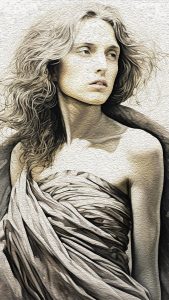
For Zoran Music, horses had a deep and symbolic meaning. Those animals represented for him strength, vitality and freedom. Their majesty and ability to move quickly across the landscape made them symbols of power and independence for him. Music was also deeply linked to nature and the Dalmatian landscape, a land where horses lived in symbiosis with the environment and embodied this connection of the artist. Having witnessed suffering and death, horses embodied for him a kind of escape or hope in difficult times. In summary, the horses in Music’s works were more than just subjects; they were vehicles for expressing emotions, concepts and his poetic vision of the world.
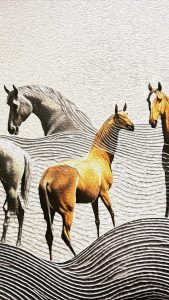
His works are a powerful witness to tragedy and humanity. Zoran Music created several works that included horse series. Observing his horses, as well as him, consider them as vehicles for expressing emotions and concepts. His series titled “We Are Not the Last” reflected his profound exploration of the human condition. These paintings, created in the 1970s, are full of symbolism and meaning that seems to suggest that, despite the tragedies and suffering, we are not the last. There is still hope, resilience and the possibility of a better future. In short, that series of paintings is an invitation to reflect on our existence and to find meaning even in the most difficult situations.
 Meeting Benches World art in all forms
Meeting Benches World art in all forms
